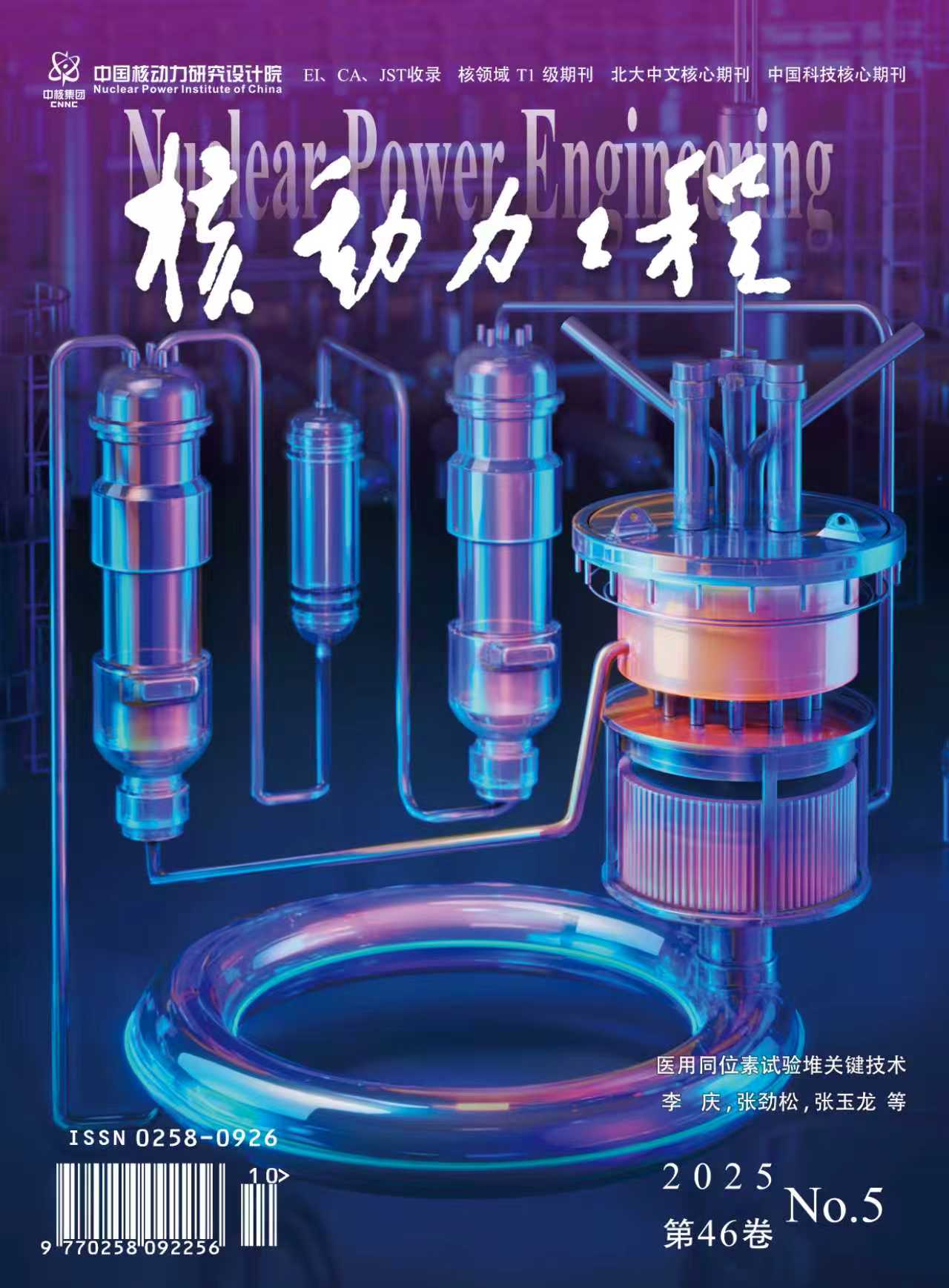2007 Vol. 28, No. 6
Display Method:
2007, 28(6): 1-3,8.
Abstract:
2007, 28(6): 4-8.
Abstract:
2007, 28(6): 9-12.
Abstract:
2007, 28(6): 13-15.
Abstract:
2007, 28(6): 16-19.
Abstract:
2007, 28(6): 20-24.
Abstract:
2007, 28(6): 25-28.
Abstract:
2007, 28(6): 29-33,38.
Abstract:
2007, 28(6): 34-38.
Abstract:
2007, 28(6): 39-42,47.
Abstract:
2007, 28(6): 43-47.
Abstract:
2007, 28(6): 48-53.
Abstract:
2007, 28(6): 54-57.
Abstract:
2007, 28(6): 58-61,79.
Abstract:
2007, 28(6): 62-66.
Abstract:
2007, 28(6): 67-70.
Abstract:
2007, 28(6): 71-75.
Abstract:
2007, 28(6): 76-79.
Abstract:
2007, 28(6): 80-83.
Abstract:
2007, 28(6): 84-86,109.
Abstract:
2007, 28(6): 87-91.
Abstract:
2007, 28(6): 92-96.
Abstract:
2007, 28(6): 97-100.
Abstract:
2007, 28(6): 101-104,116.
Abstract:
2007, 28(6): 105-109.
Abstract:
2007, 28(6): 110-111,116.
Abstract:
2007, 28(6): 112-116.
Abstract:



